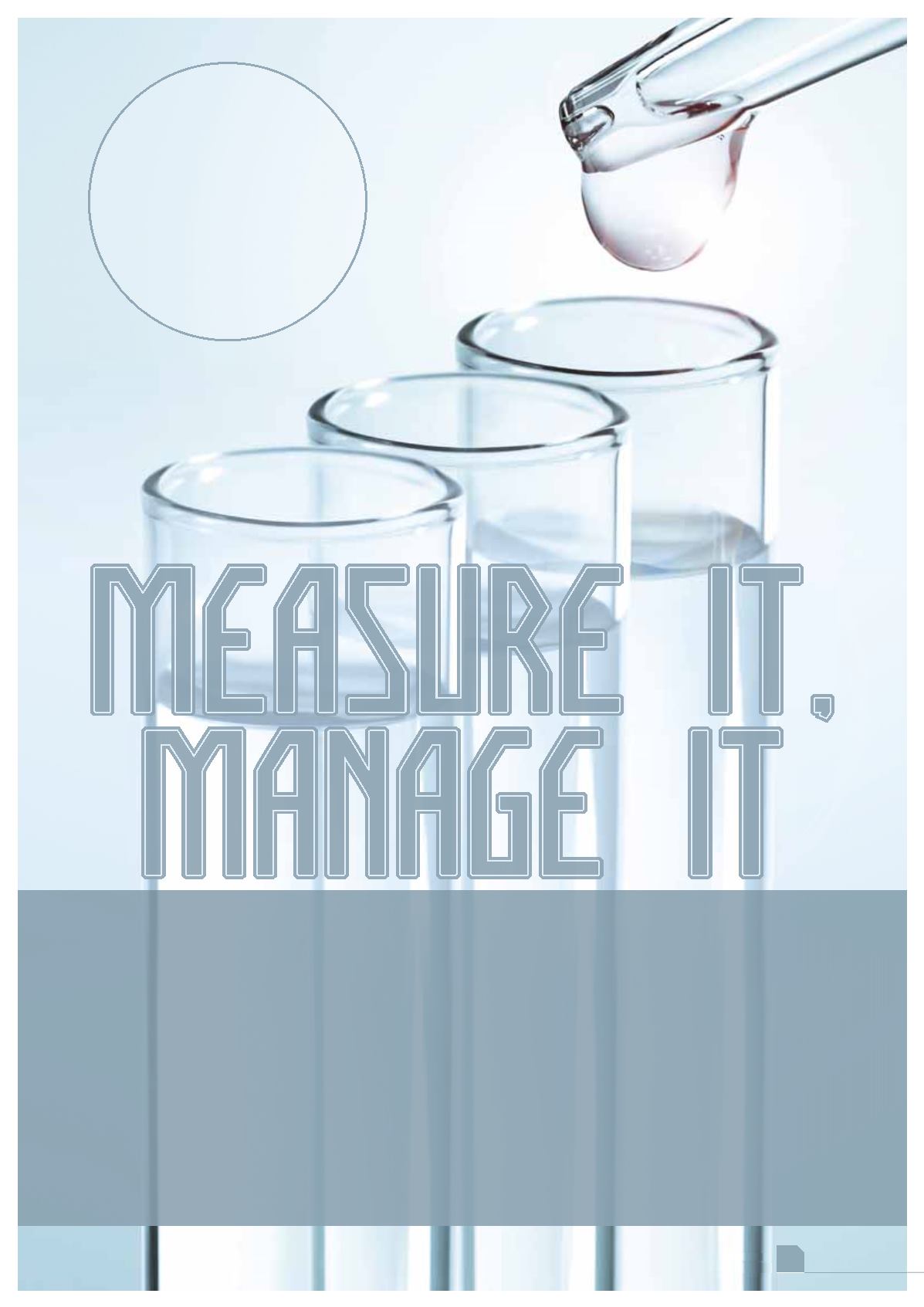
March
2017
71
HYD
ROC
AR
B
O
N
ENGI
NE
ER
IN
G
C
ontinuing economic pressures on the refining
industry are persuading refiners to evaluate, or
re-evaluate, processing lower priced opportunity
crudes in order to improve profit margins.
Opportunity crudes now encompass a large range of
crudes, from heavy, high solids crudes (Canadian,
Venezuelan, etc.) and high acids crudes to the light tight
crude oils. These crude oil slates may be available for as
much as 10% less than similar characteristic feedstock. In
many cases, the refiner’s largest concern is not necessarily
with the crudes themselves, but rather the blend of the
crude oils that destabilise asphaltenes in the final crude
blend. This incompatibility can result in less efficient
desalting and increased corrosion downstream (e.g. crude
tower overhead, vacuum tower overhead lines). Another
major issue is the use of triazene-based H
2
S scavengers and
the impact their byproducts have on downstream fouling
and under-deposit corrosion in middle-side cuts that have
historically been mildly corrosive. Newer naphthenic-acid
crudes impact the lighter stream-like diesel and
atmospheric gas oils, as well as the historical crude tower
bottoms and vacuum gas oils.
Although problems with these types of corrosion have
impacted the refinery industry for many years,
1
there have
been significant advances in the past decade regarding the
accuracy of online monitoring of the pressure-boundary
components (such as piping) in overhead and higher
temperature side-cuts service. This newer generation of
non-invasive, online ultrasonic (UT) wall thickness
measurement systems are capable of reliably obtaining
actual wall loss data, and have been doing so for more than
15 years in these services. Additionally, the data is now
obtainable in many formats – both wireless or wired.
2
In
comparison to corrosion probes, online UT probes provide
Bruce Pellegrino,
Sensor Networks, Inc.,
USA and Mike Nugent,
E
2
G, USA,
examine a new
technology for online
corrosion monitoring and
control when processing
opportunity crudes.








